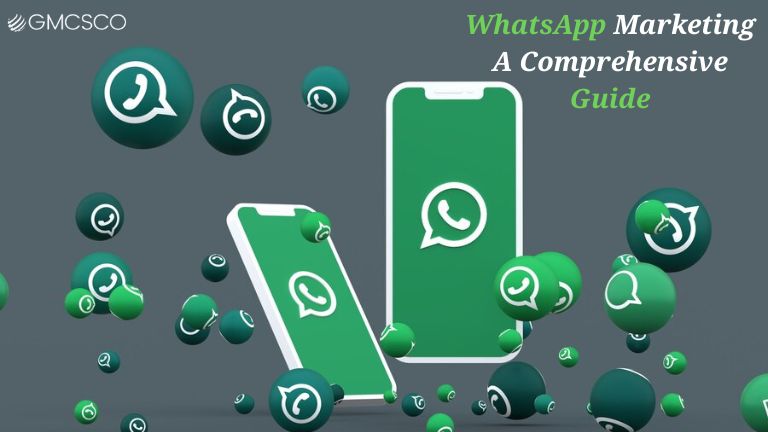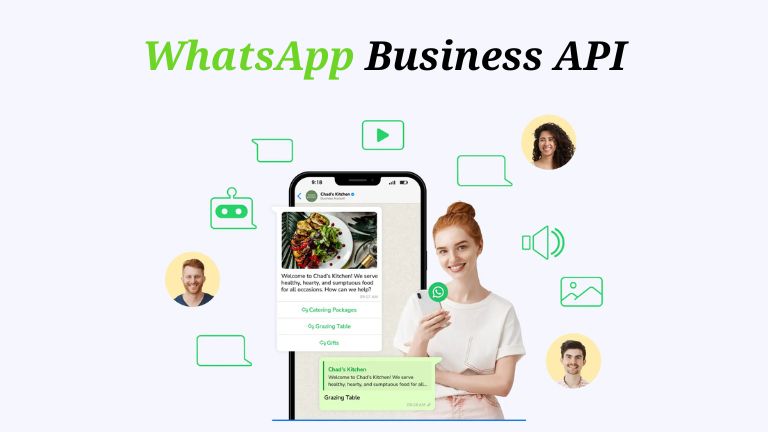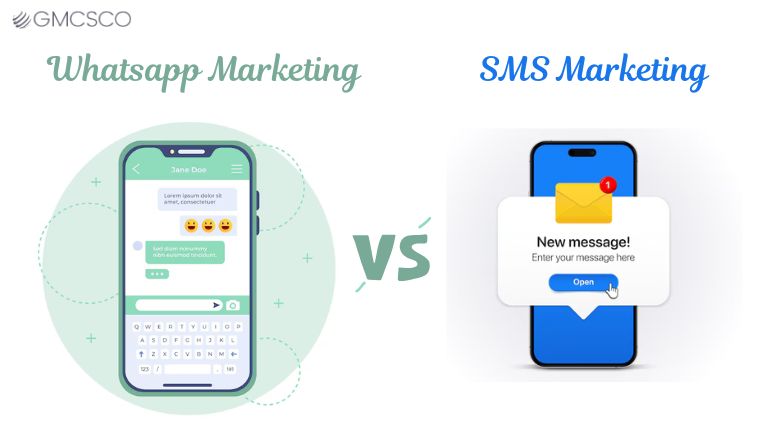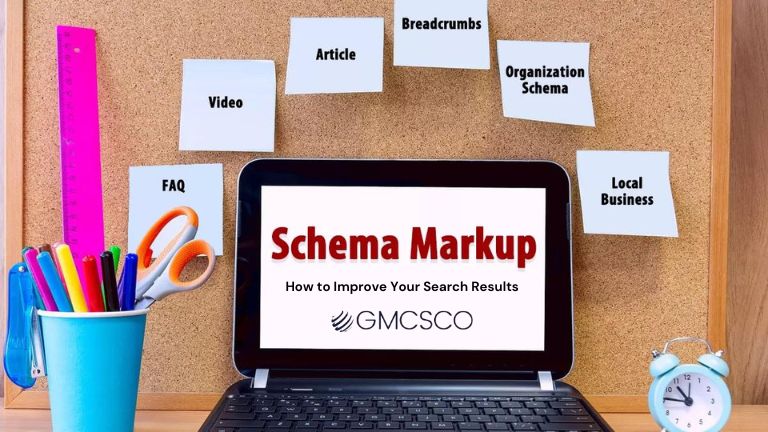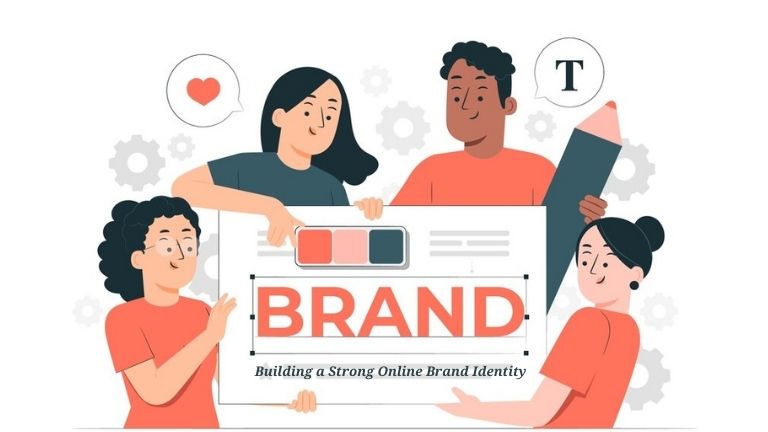The Power of WhatsApp Marketing: A Comprehensive Guide
WhatsApp has recently become more than a messaging app. Facebook is used by over 2 billion people worldwide and has become a leading platform for businesses to reach their customers directly. With WhatsApp marketing, brands can send personalized, engaging messages, bringing them closer to stronger customer relationships, sales, and brand loyalty. From these beginning whether you are a small business or a global enterprise which means on this online platform this is a big game changer and the marketing becomes bit easier with this. In this guide, we will explore the advantages of WhatsApp marketing, the strategies to do it effectively, and tips to help you craft the perfect WhatsApp marketing messages that will stand out and encourage people to take action. Why WhatsApp Marketing Matters So why is WhatsApp so unique from the rest of the messaging app out there: it has a global footprint, high engagement, and the ability to add rich media to the conversations? WhatsApp is more flexible in functionality than a text message Although there are more than 160 characters of SMS, the use of images, videos, voice messages and links can be integrated, which can greatly increase the effectiveness of your message. What Are The Benefits Of WhatsApp Marketing? Direct Access to Customers: WhatsApp is a platform where brands can reach their customers directly on a platform which they are already using on a daily basis, perfect for personal, in-the-moment interactions. High Engagement & Open Rates: The engagement rates on WhatsApp messages are one of the highest across all digital platforms. WhatsApp messages have a high open rate, with most being read within 3 minutes of being sent, providing marketers with an opportunity to reach their consumers right away. Multimedia Support for Richer Interactions: WhatsApp supports not only text, but also images, videos, and inline PDFs, which helps brands to create rich content with interactive elements. Particularly helpful for product demos, explainer as well as customer reviews. Worldwide Expansion with Localisation: WhatsApp is a service used in many markets globally; from India to Brazil to Europe. For businesses that have global or nationwide customers, WhatsApp gives direct communication with users in all languages. Ease of automation: Through the Business API, businesses can configure automatic replies, notifications, and even updates. Businesses use these bulk WhatsApp service providers in India to cater to large numbers at once and make customer interaction easy. How to Build a WhatsApp Marketing Strategy? Regardless, a good WhatsApp marketing strategy allows your business to meet specific goals, be it increasing sales, enhancing customer support or increasing brand loyalty. This is how to create a performant strategy: Set Clear Objectives: Decide the objective of using WhatsApp for marketing. Common objectives include: Enhancing the engagement of customers Generates revenue with special offers Offering better customer service Creating a community around your brand Collecting responses or polls When you have specific goals, you can create more targeted WhatsApp campaigns. Choose Your Target Audience Relevance: The key to great WhatsApp marketing messages You need to know your audience to come up with effective WhatsApp marketing messages. Identify the customer segments that are most likely to use WhatsApp along with their preferences and needs. While people in younger demographics may favor visual-heavy content, older customers may react better to simple, text-based messages. Obtain Customer Consent: Calling customers on WhatsApp without their permission is a big NO-NO. Compliance with regulations and establishing trust with your audience. Get customers to sign-up using website forms, social media promotions, or at checkout. After you have got approval, proceed with confidence when you are sharing promotional information. Plan Content and Campaigns: The most successful WhatsApp marketing strategy involves content planning! Plan out your content calendar as to what messages you want to send. Here are a few content ideas: Product Launches and Announcements: Updates about new products, events or services for your customers. Unique Offers: To encourage WhatsApp subscribers to purchase, you can provide exclusive discounts. Behind-the-Scenes Content: Show customers behind the scenes of your business to develop brand loyalty. Case Studies and Customer Testimonials: Write about some real stories of customers so you can establish credibility and trust. Customer Surveys & Feedback Requests: Invite customers for their feedback to demonstrate that their opinion matters to you. Use WhatsApp Business Features: WhatsApp Business tools are built to enable businesses to connect with their customers in the right way. Improve your WhatsApp Marketing using the following tools: Quick Replies: For frequently used messages, it allows you to save and reuse them for quick response to common questions. Automated Greetings and Away Messages: Schedule greetings for new customers, and automated responses for times when you’re not available. Customer Segmentation Labels: Group your contacts by assigning them with labels (e.g, New customers, VIP, Repeat Buyer) so you know to send more specific messages to the better performing customers. How to Write Effective WhatsApp Marketing Messages Writing fun WhatsApp marketing messages is an art. The space is limited and you need to capture the attention of the audience in the least time possible so each message should be short, relevant, and impactful. Personalize Your Messages: None can deny the strength of personalization. Utilize customers name or purchase history or any other useful data to make these messages appear personalized. E.g. “Hey [Customer Name]! We just launched this new collection with you in mind!” Visuals/Media: Use the multimedia support through WhatsApp and add on pictures, videos, and GIFs to make your messages more engaging. If you’re launching a new product, consider using a short video or an image carousel to highlight its features. Send Short Messages: Messages are mostly sent using WhatsApp on mobile devices, so your messages should be as short as possible. Be straightforward, and ensure that your ad has a call to action, such as Shop Now, Learn More, or Reply YES to Claim Your Offer. Offer Exclusive Content: Give your WhatsApp subscribers an option to feel special by providing them exclusive deals, early access to sales, or content that cannot be
The Power of WhatsApp Marketing: A Comprehensive Guide Read More »

